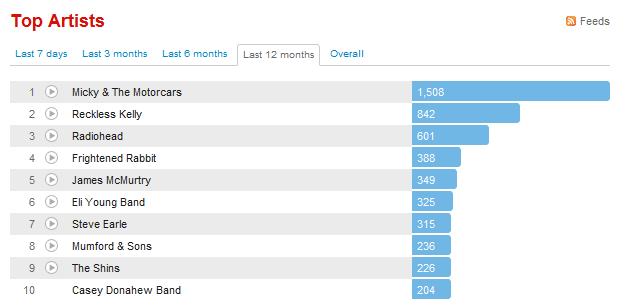Success at Work
On Friday I was asked to walk a small team through some of my thoughts on what makes individuals successful at work. After the session the team was asked to send me their key takeaways. There were some interesting trends in what they sent back. I'm posting their takeaways here – in their own words.
- real failure is highly valuable
- strive to be the lynchpin
- make boss’s job easier
- always bring energy and positivity
- insights are just as valuable as results
- consistent habits are important (going to the gym at the same time everyday)
- always add insight, value, be interesting
- biggest takeaway – the importance of becoming a “lynchpin” for the company, and for your boss.
- results and insights are equally important; always search for insights on how to improve next time, even if the results aren’t really there this time
- in conversation, try to make the majority of it insights; always aim to add helpful/interesting things to increase value
- simplify the goal; break it down into more achievable parts
- 3 things that ensure added value: be good at what you’re doing, like what you’re doing, and make it worth paying for
- become the lynchpin – work towards becoming indispensable to my boss
- reflect on the work that I have done and think about whether or not someone/something else can do the same or better at a lower cost
- simplify the goal – this will allow me to focus and create a clear path towards actually achieving it
- communicate with insights not empty words – always think about how I can add value to a conversation rather than just fill in space
- key to career growth isn’t necessarily being the smartest/ most intelligent person. Core values such as Trust, Collaboration, and willingness to work towards manager’s goals are some of the key attributes that help in career growth.
- always remind yourself to be on the learning curve – to better yourself + add value to the company
- always ask yourself – Why am I best suited to do the job that I am supposed to do? What can I do to better myself in order to do that job better? If you don’t know the answer to both these questions your career path is probably not on the right track



